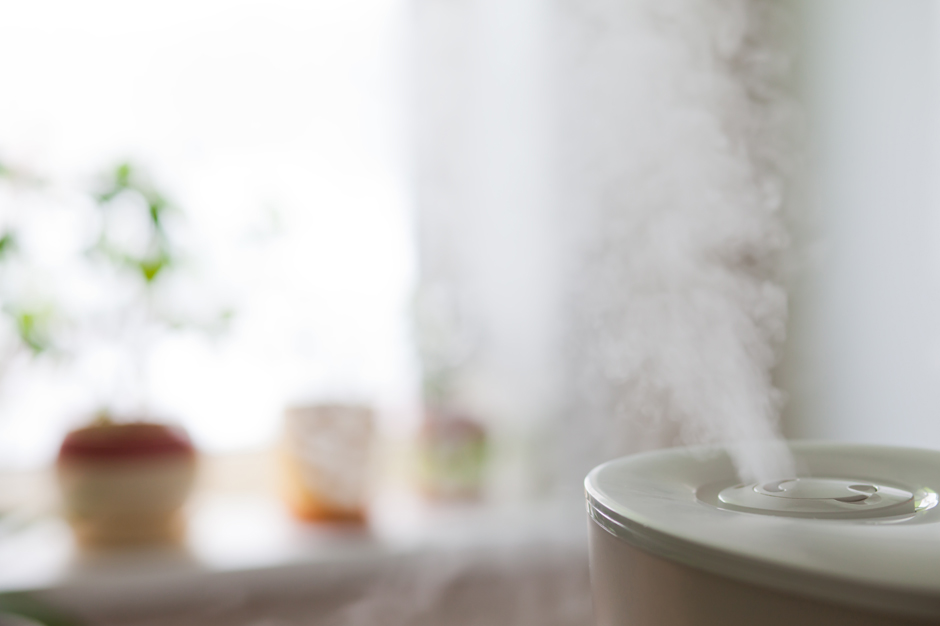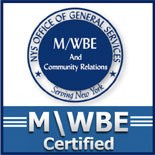People in the US spend up to 90% of their time indoors, explaining in part why the EPA has listed indoor air quality as one of the top five most urgent environmental risks impacting public health. Due to poor air circulation, even in offices with climate control, we are exposed to unsafe levels of naturally occurring irritants, such as dust and mold, harmful cleaning agents and volatile organic compounds such as formaldehyde and other banned substances. These can cause problems ranging from allergies to headaches and severe issues with the nervous system. Fortunately, there are a couple of ways to combat these issues. Here are some medium steps to keep up your air quality.
– Regularly maintain the HVAC and other building systems. This includes changing air filters in a timely manner.
– Keep moisture levels somewhere in the range of 30% to 50% humidity. This will keep mold and other allergens at bay, and will also make your staff more comfortable. Climate plays a huge factor in this. Heating systems tend to dry out the air. Adding a building humidifier system will prevent this problem. Though this can be costly at the beginning, higher humidity levels should reduce heating costs as the less dry air tends to make people feel warmer. Air conditioning systems will reduce humidity levels to acceptable levels in most climates in the summer, though very dry climates might also employ a humidifier during warmer months.
– Determine the air exchange rate in your building. Smaller buildings can always open windows to allow in new air and flush out the old. This is a more complicated issue in larger buildings. Work with a professional to ensure that the building system replaces the air at an adequate rate.
– Manage pests without pesticides. There are several resources and methods of pest control (http://www.nrdc.org/health/pesticides/gpests.asp), also known as Integrated Pest Management (IPM) (http://www.epa.gov/pesticides/factsheets/ipm.htm) that do not require the widespread application of pesticides.
– Invest in testing to identify specific hazards. With so many potential contaminants, your best course of action is to identify the worst offender(s) and deal with those. This is particularly true if an employee or employees are having recurring health problems that may be linked to the building. There are a variety of of tests that you can purchase and then send to a lab that tests for VOCs, formaldehyde, radon, lead and mold. For larger buildings, more accurate testing and evaluations can be performed by professionals.
These steps, as you can see, require a little more effort on your part than the previous ones. But the more you work to cleaning your air quality the better overall work environment you will have. Next time, we will talk about some even harder steps to take.



